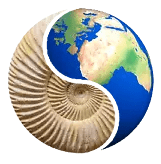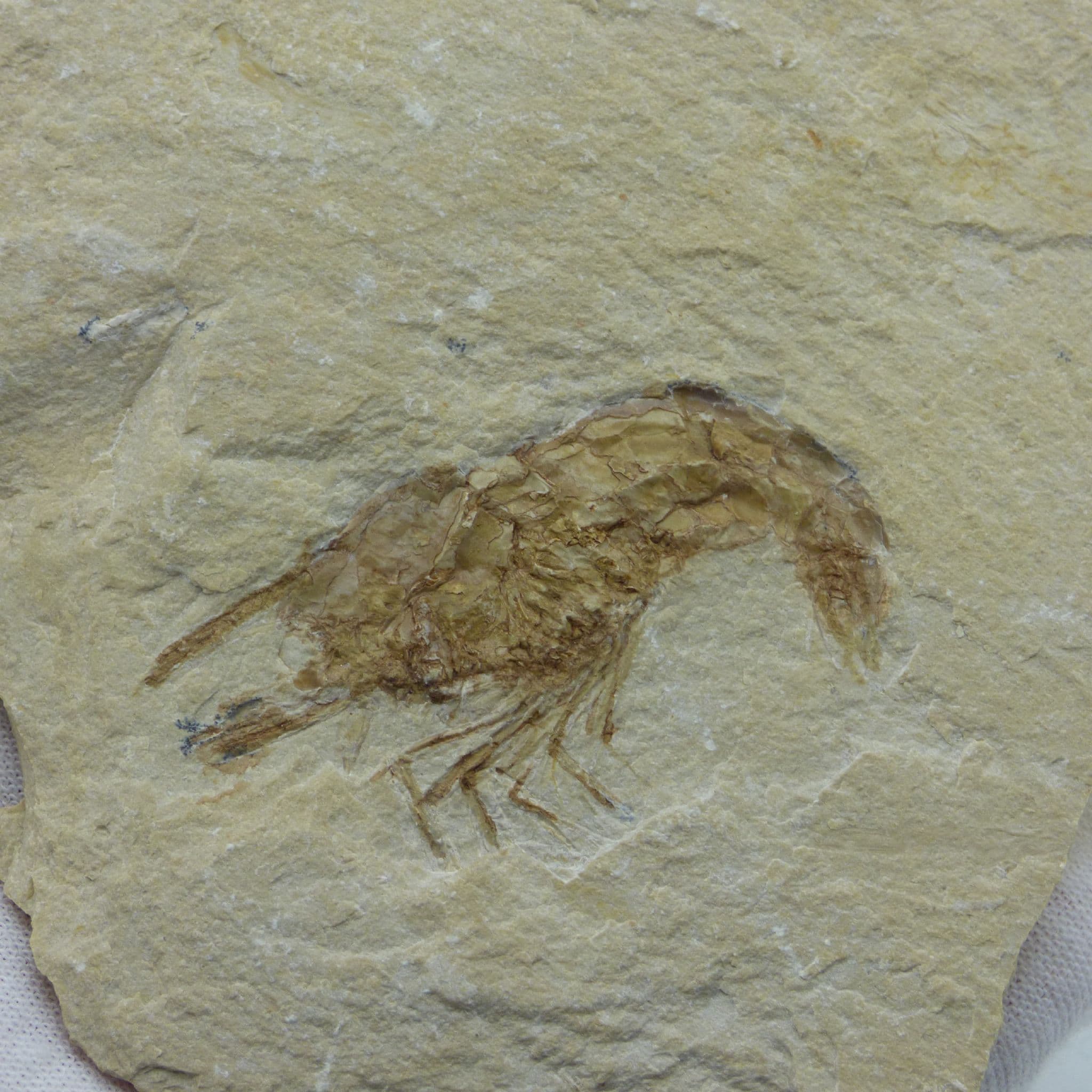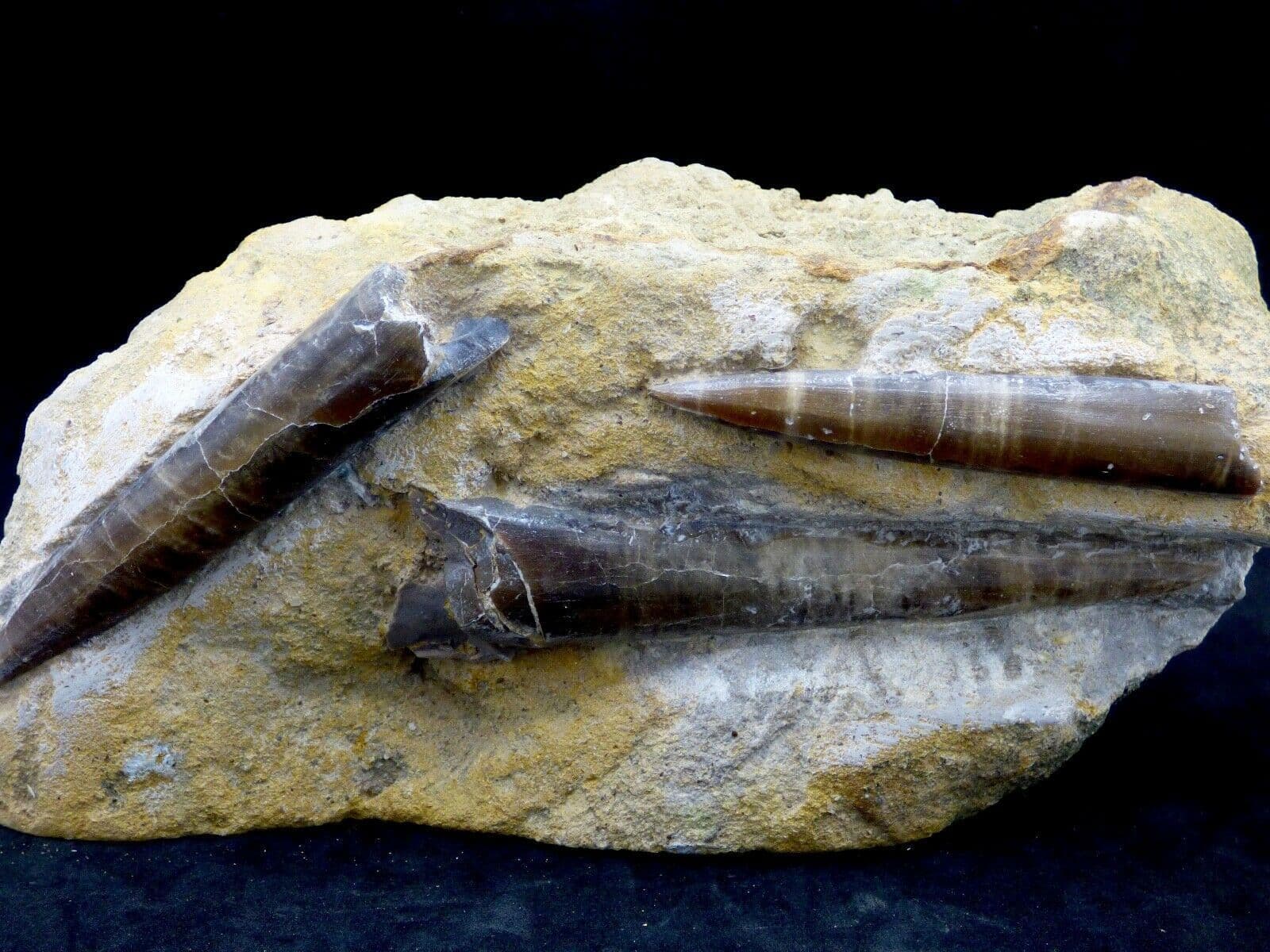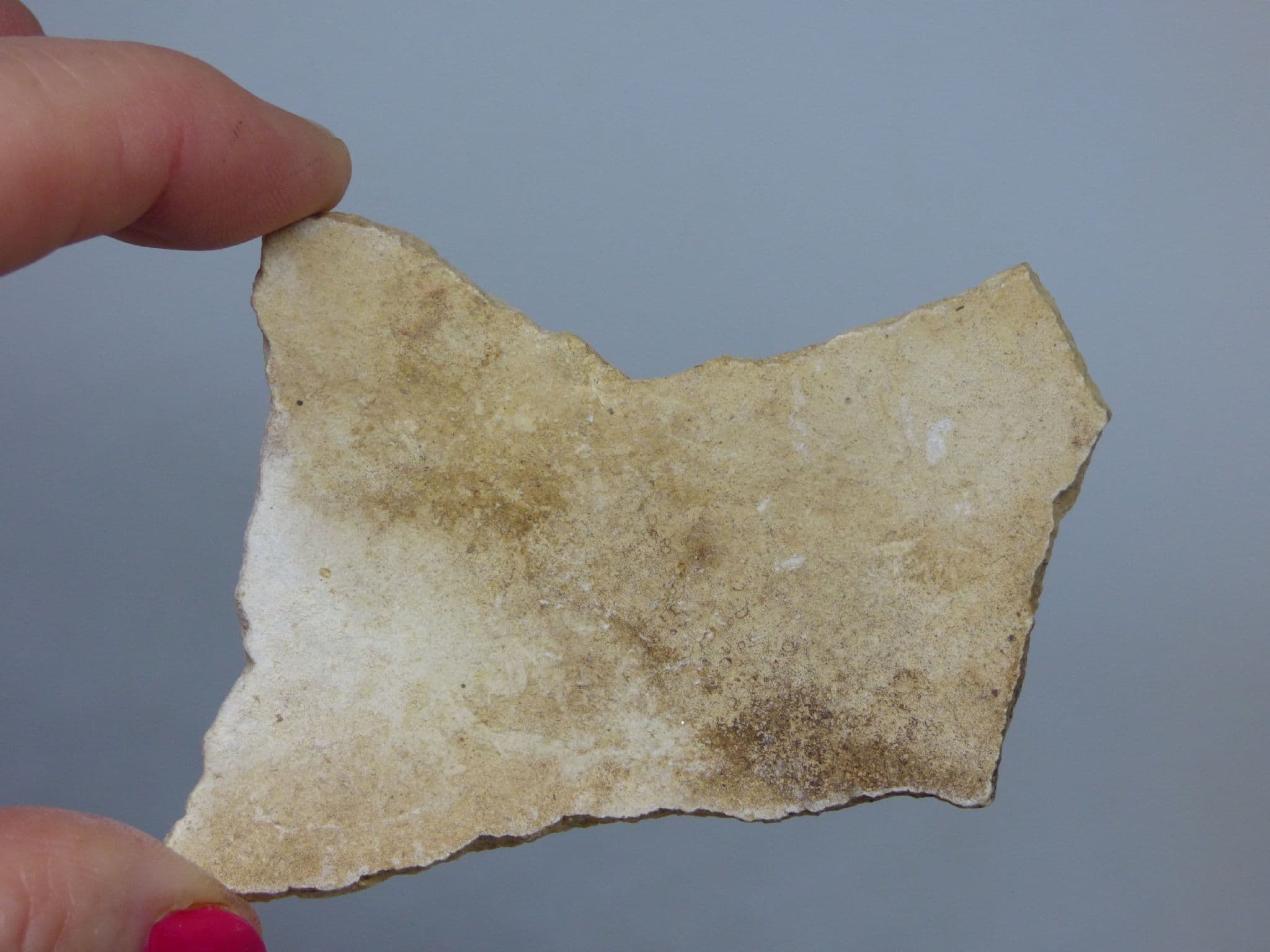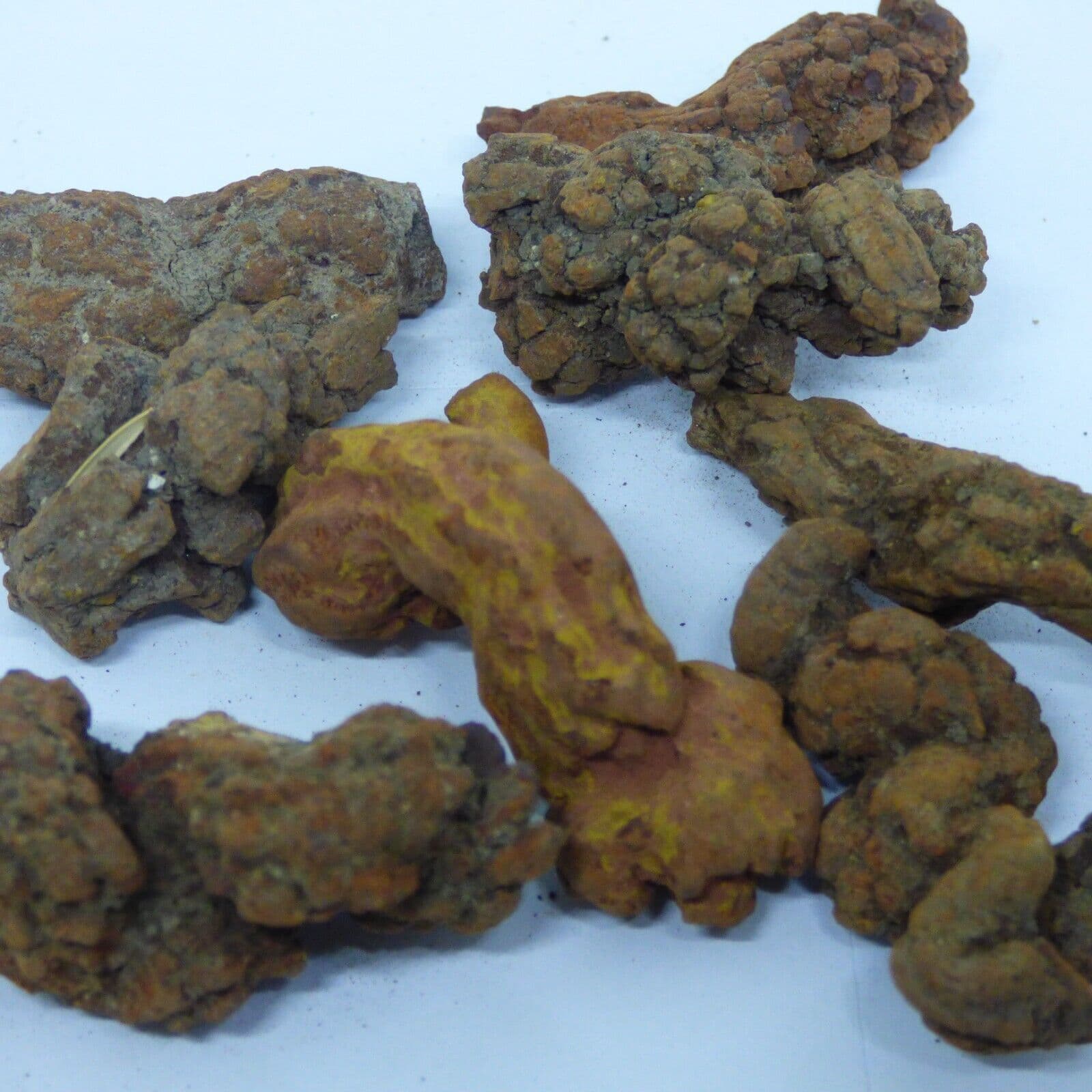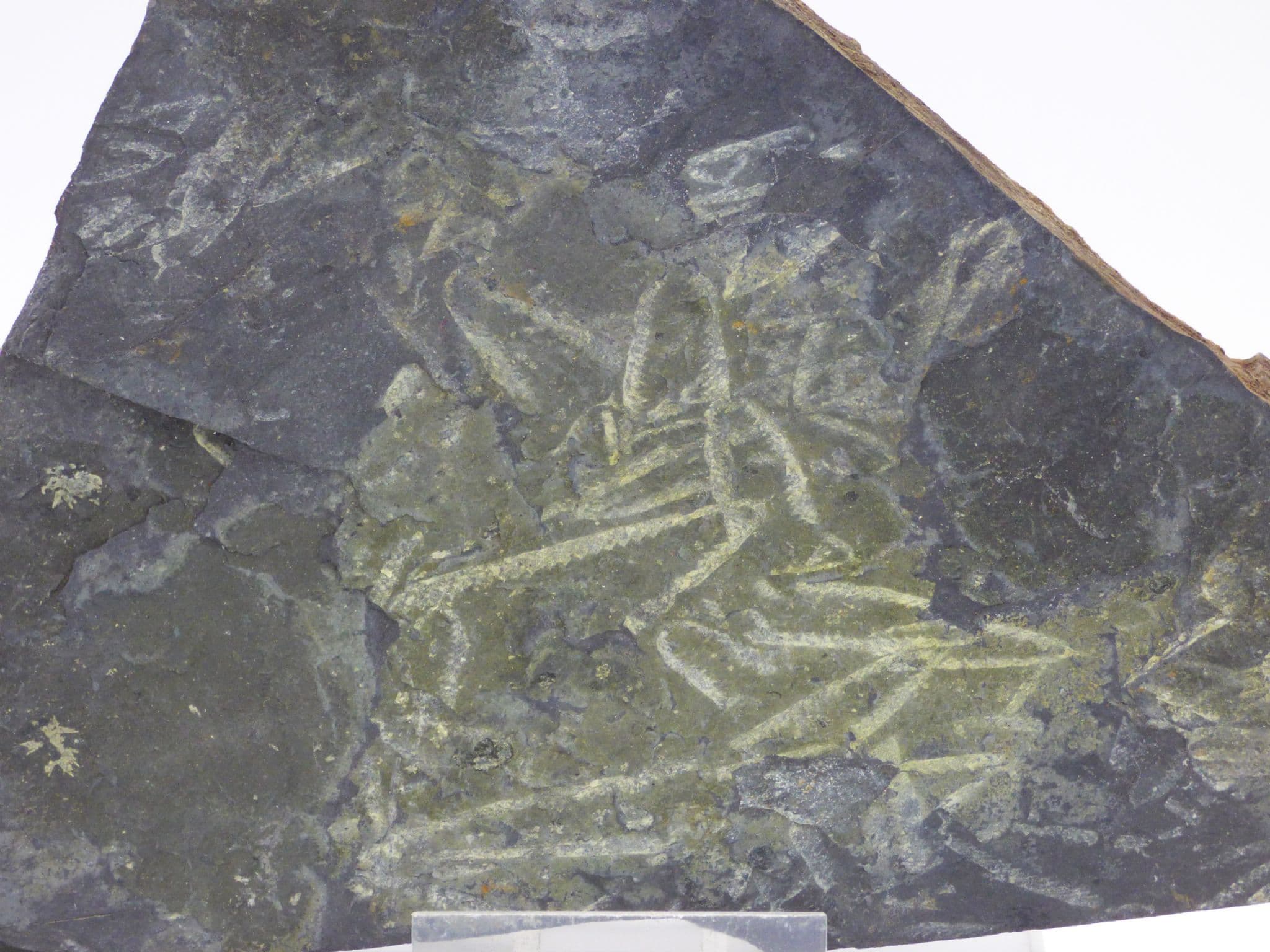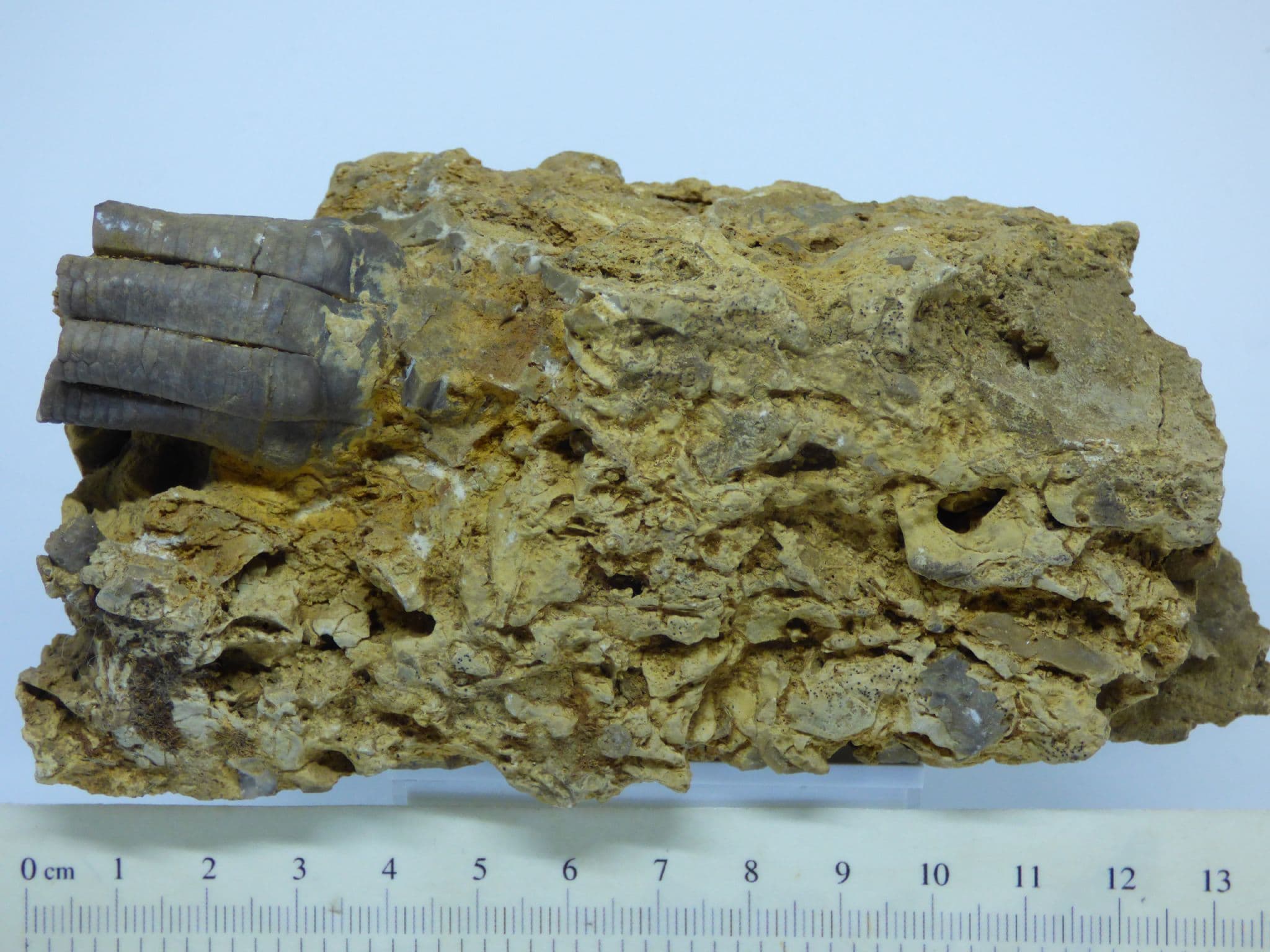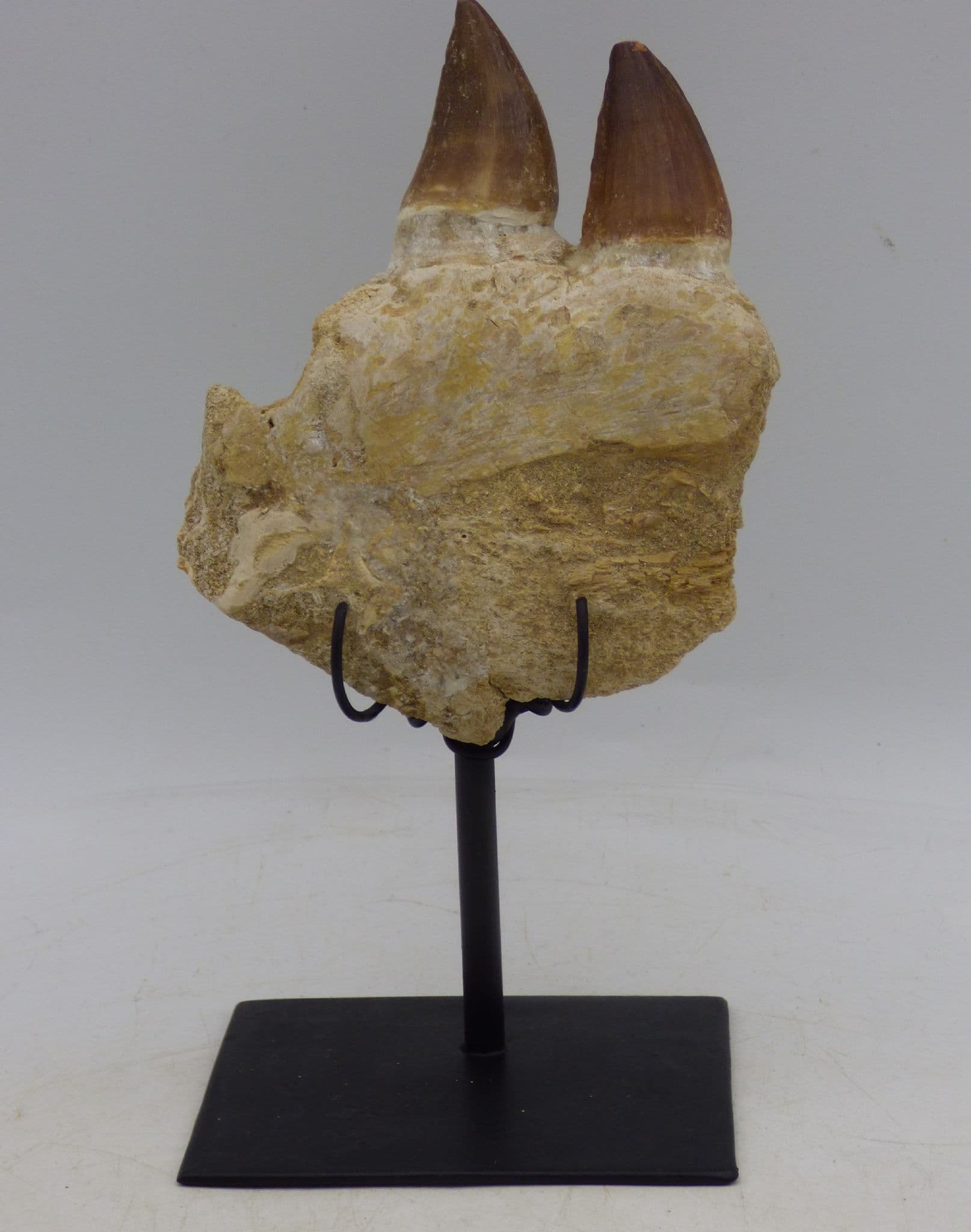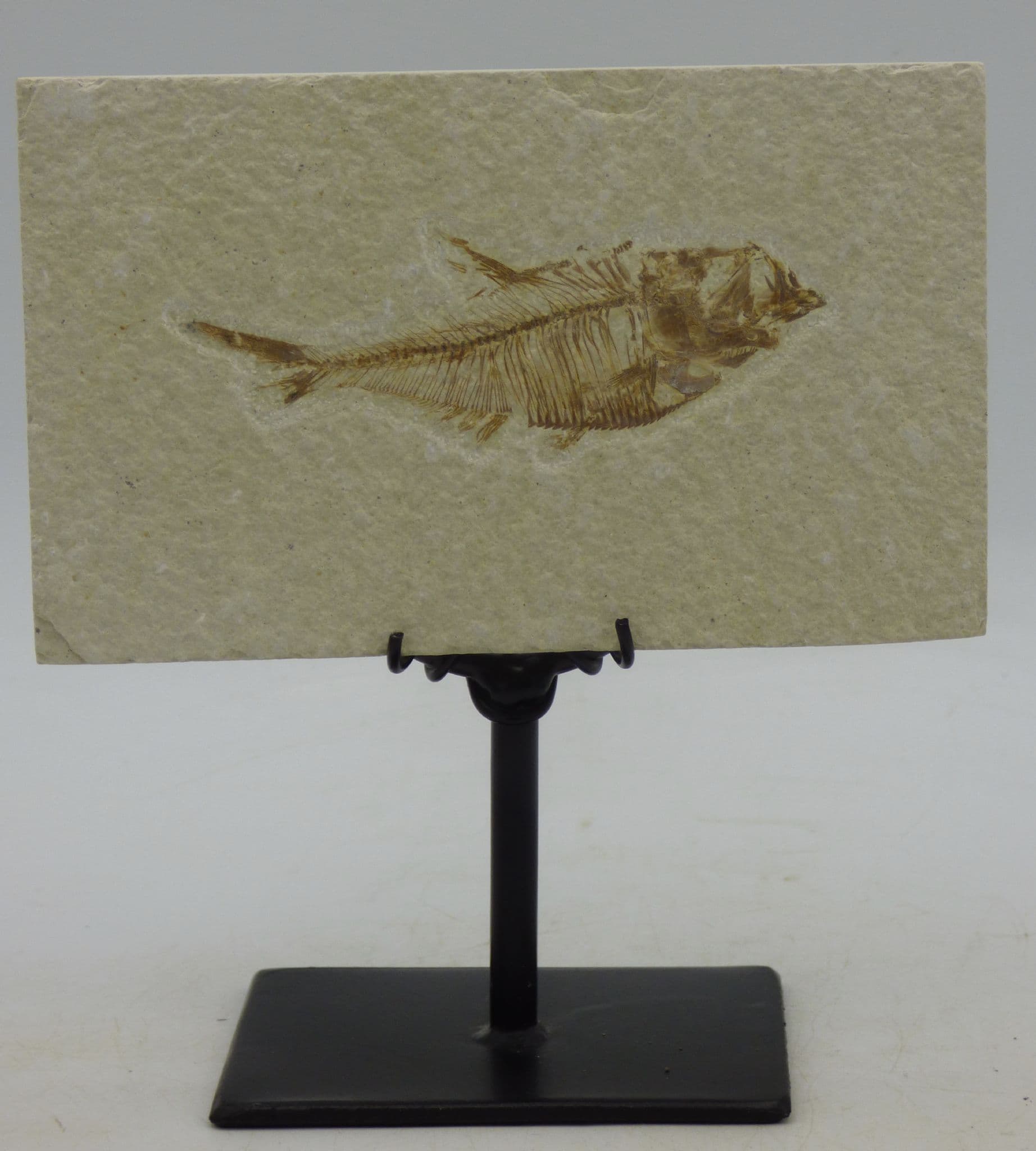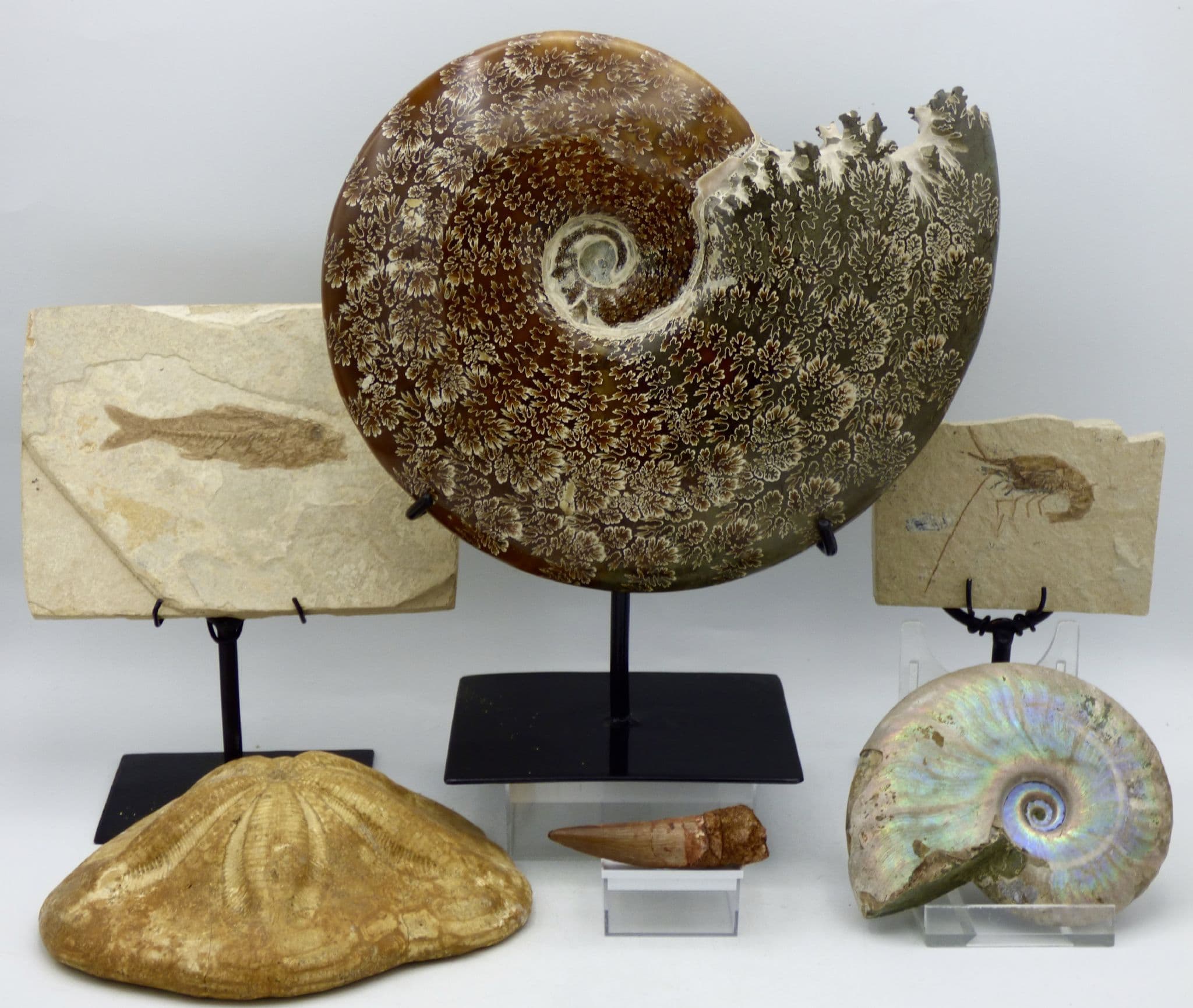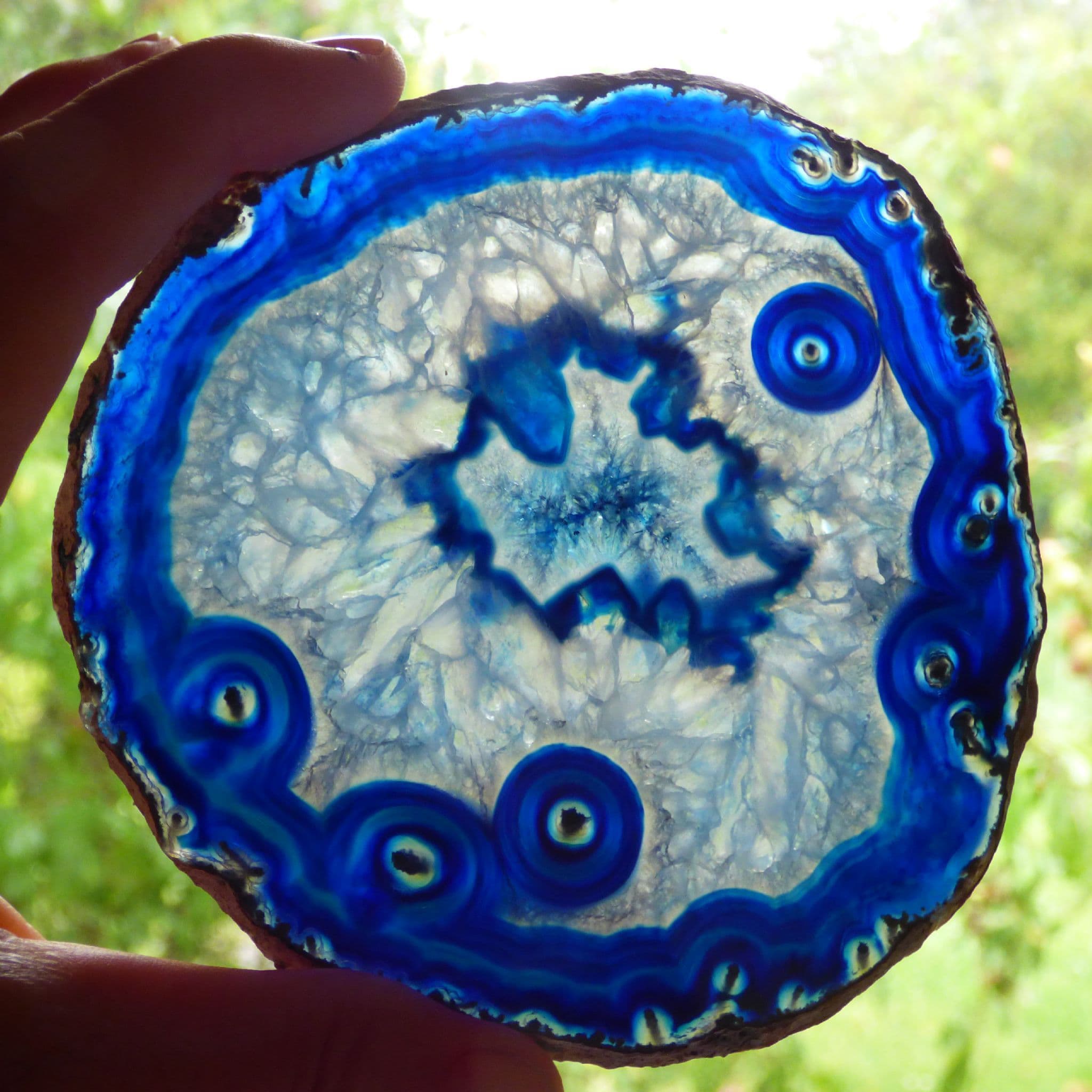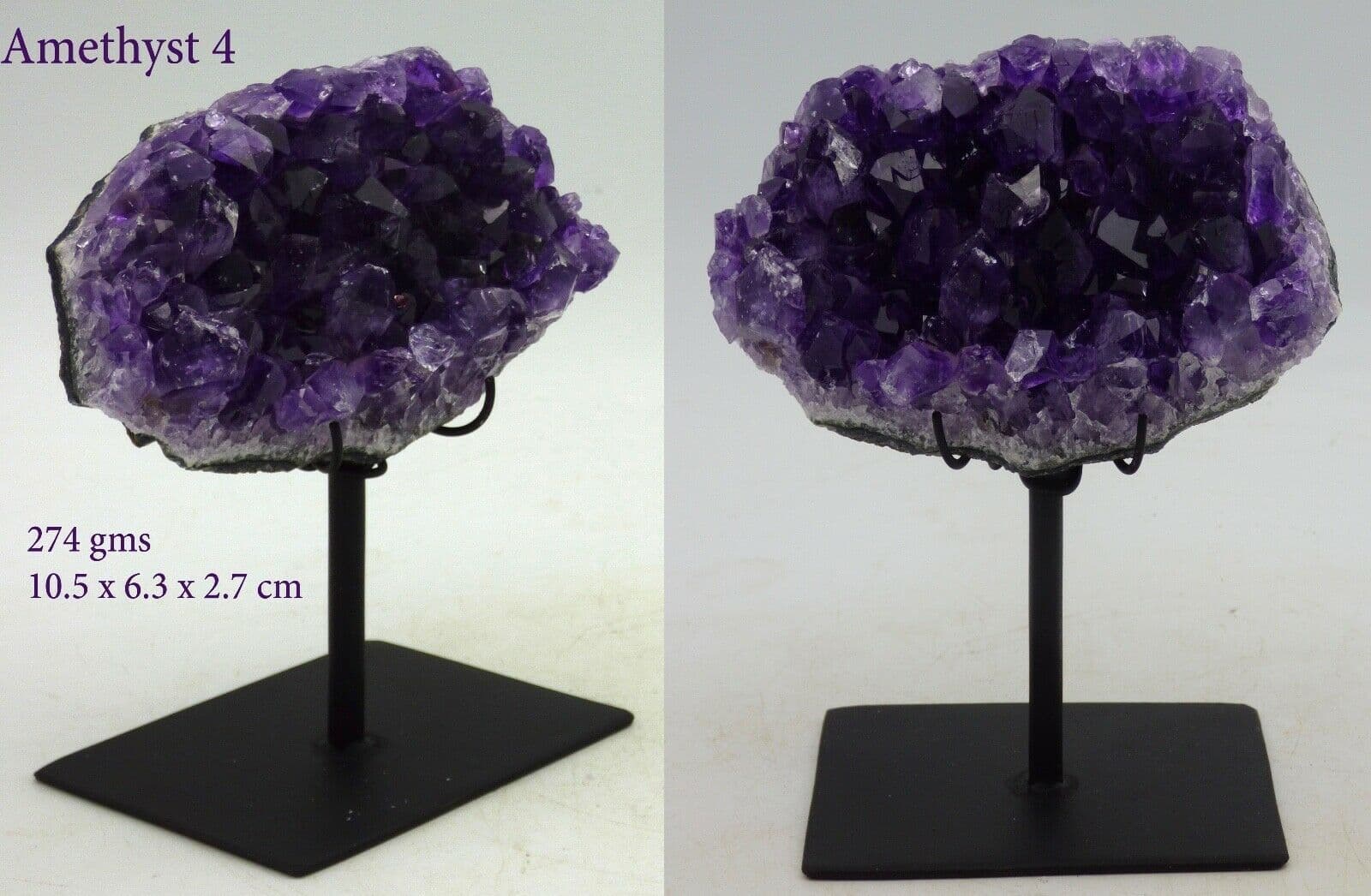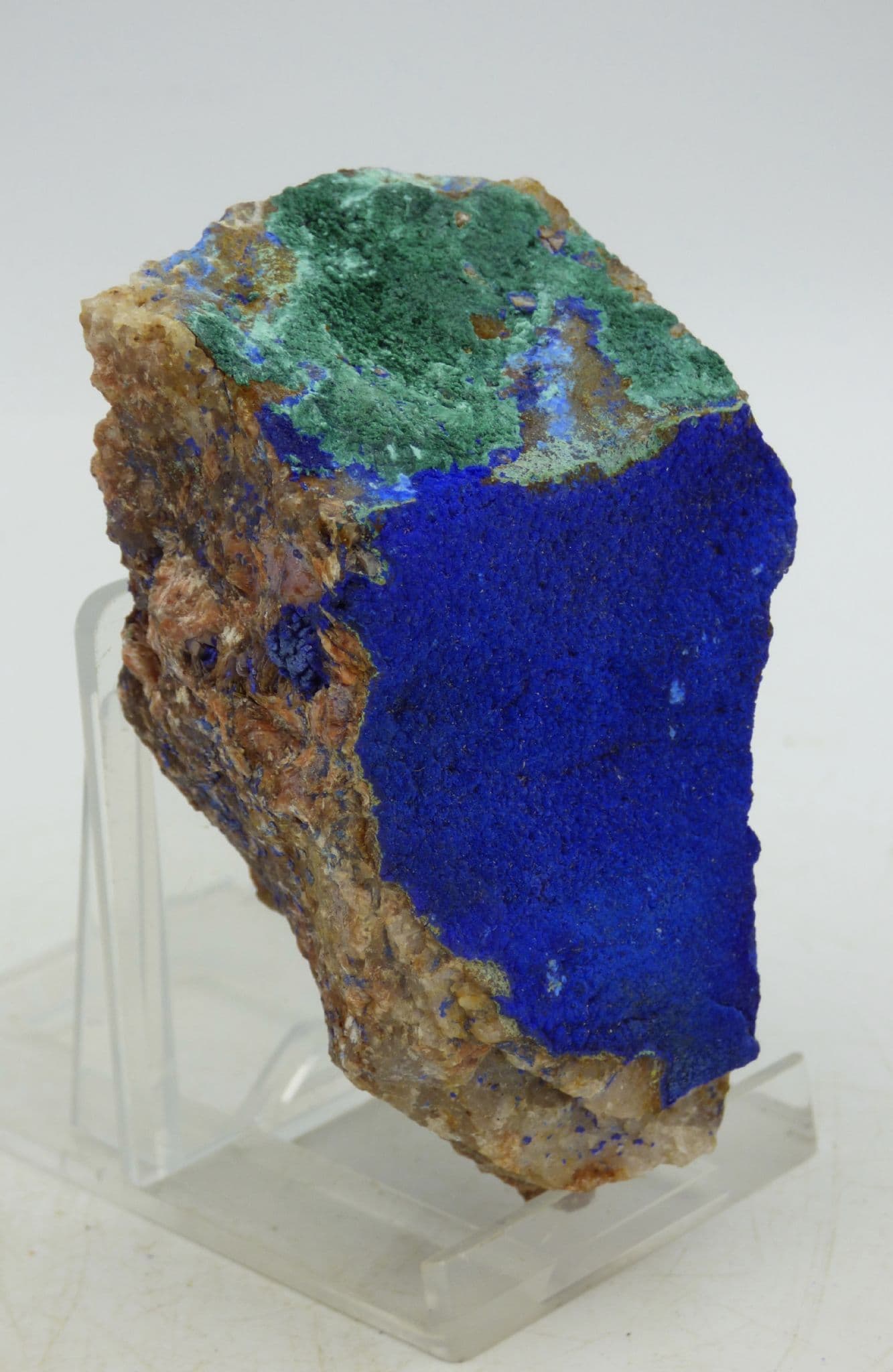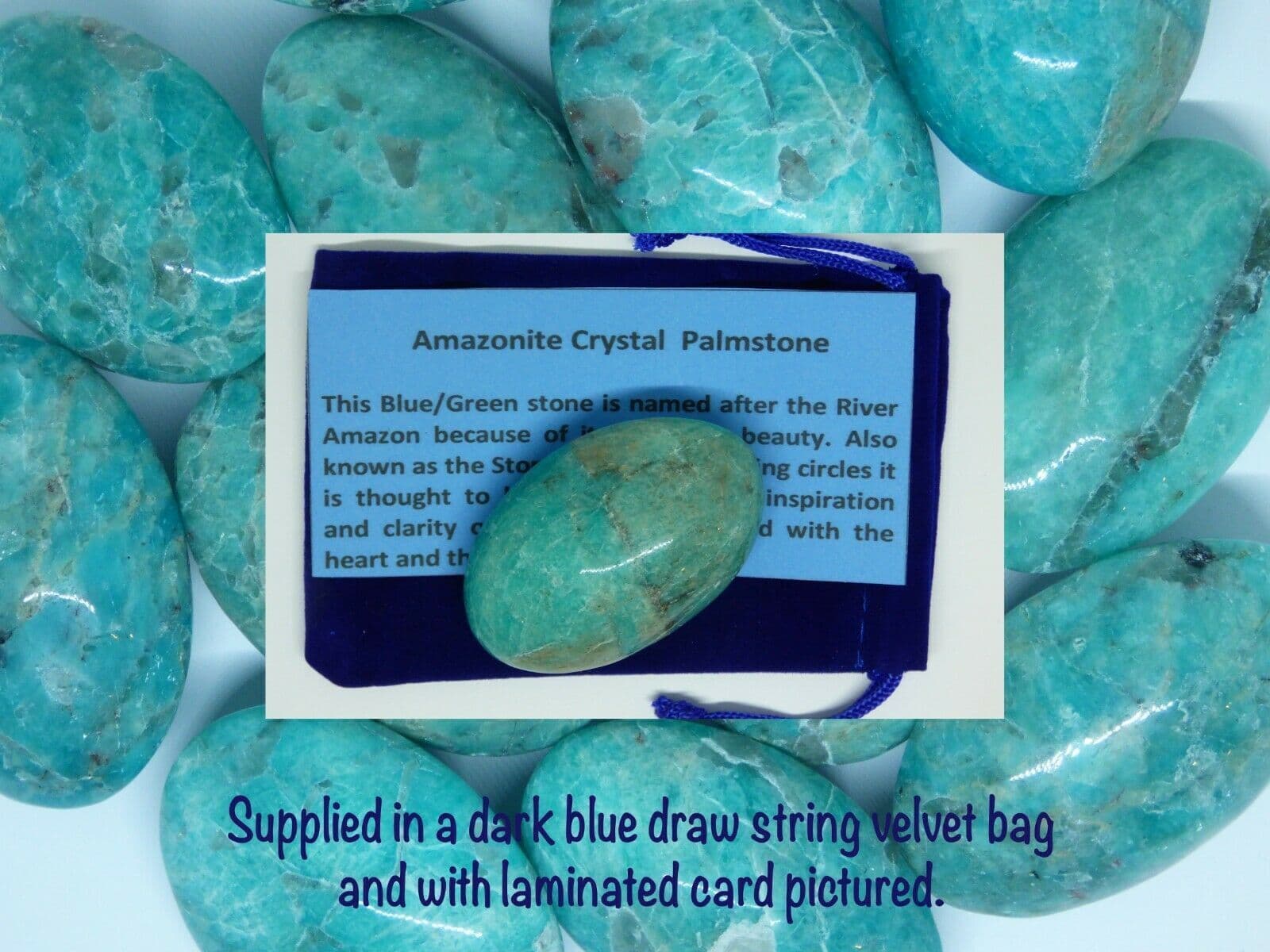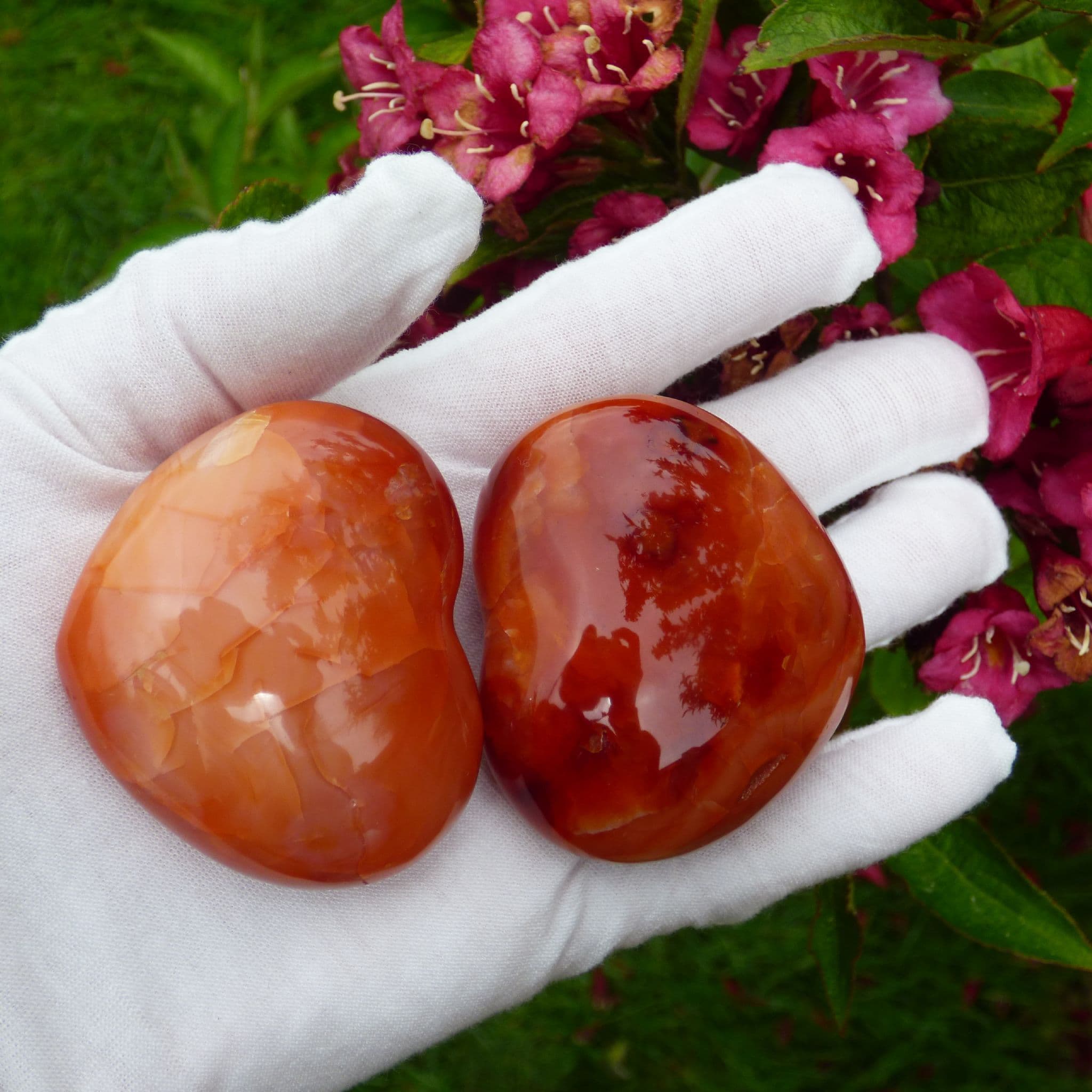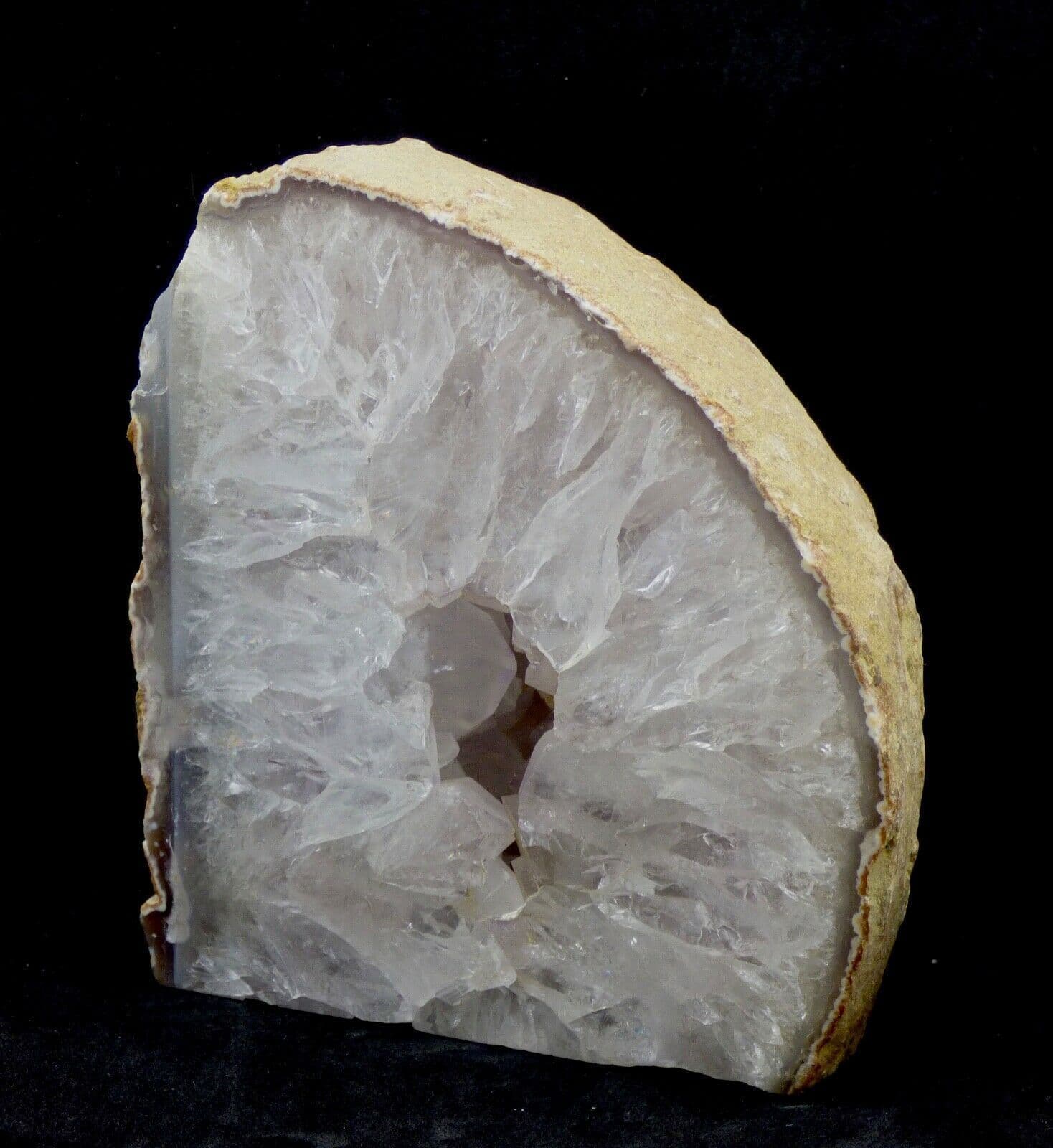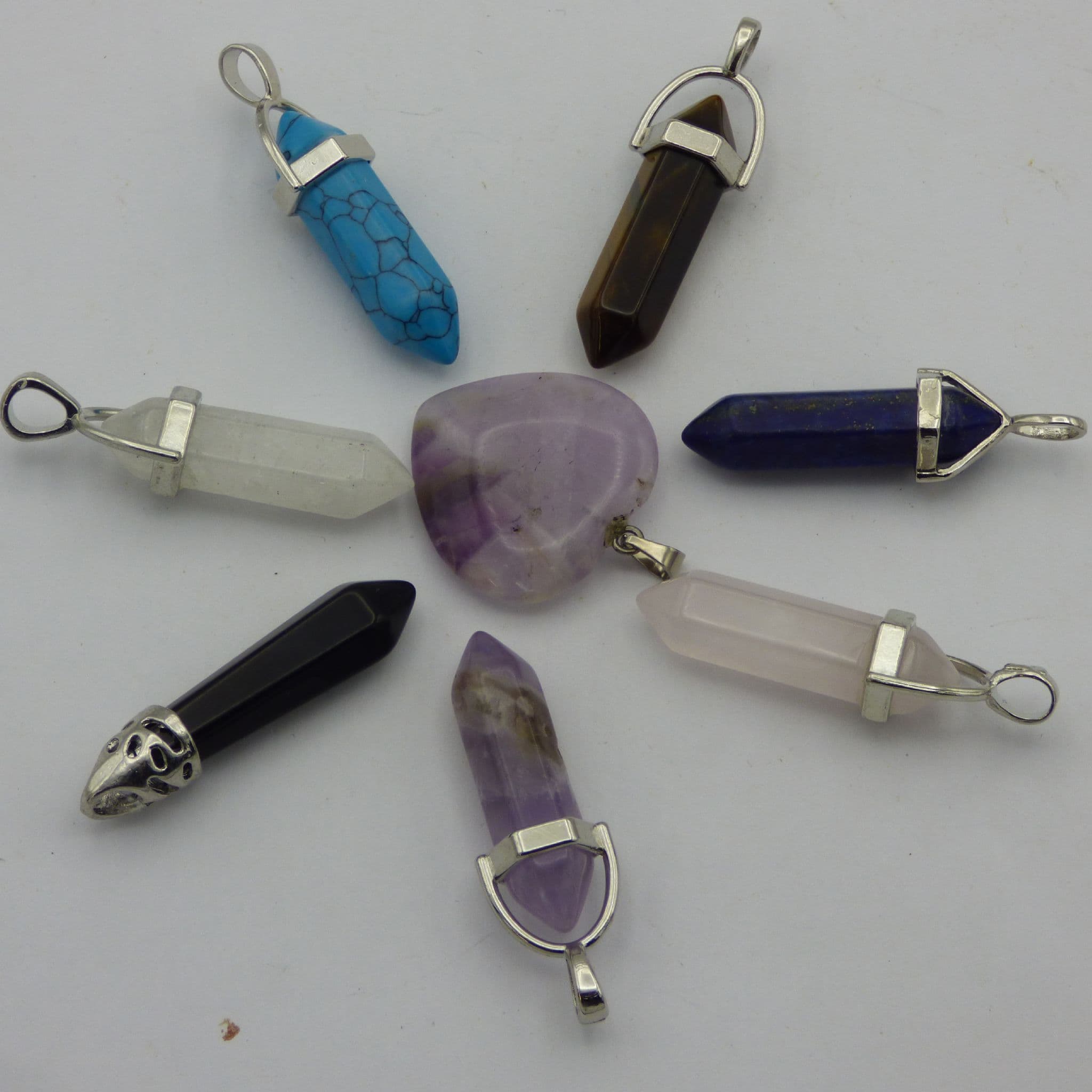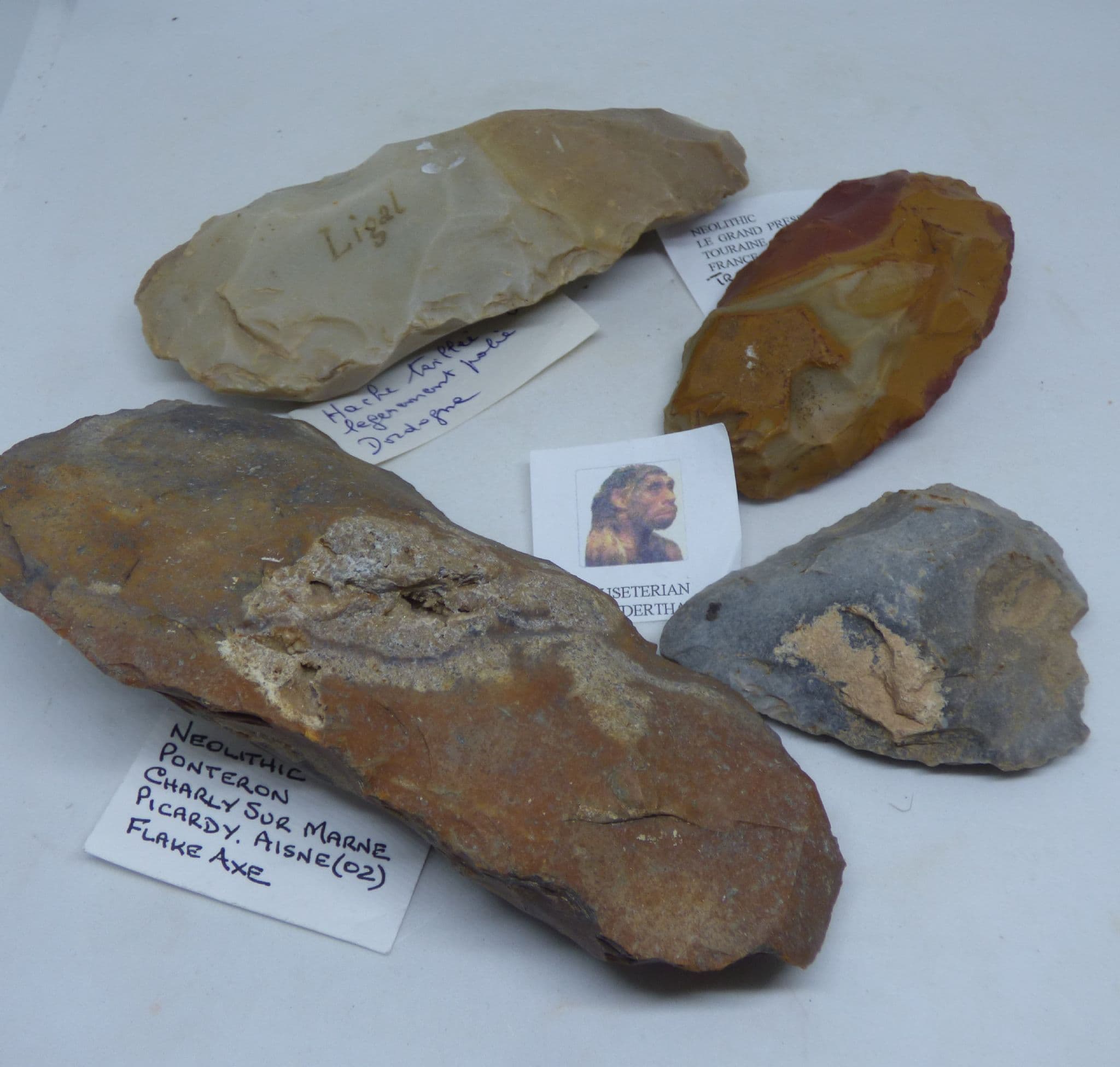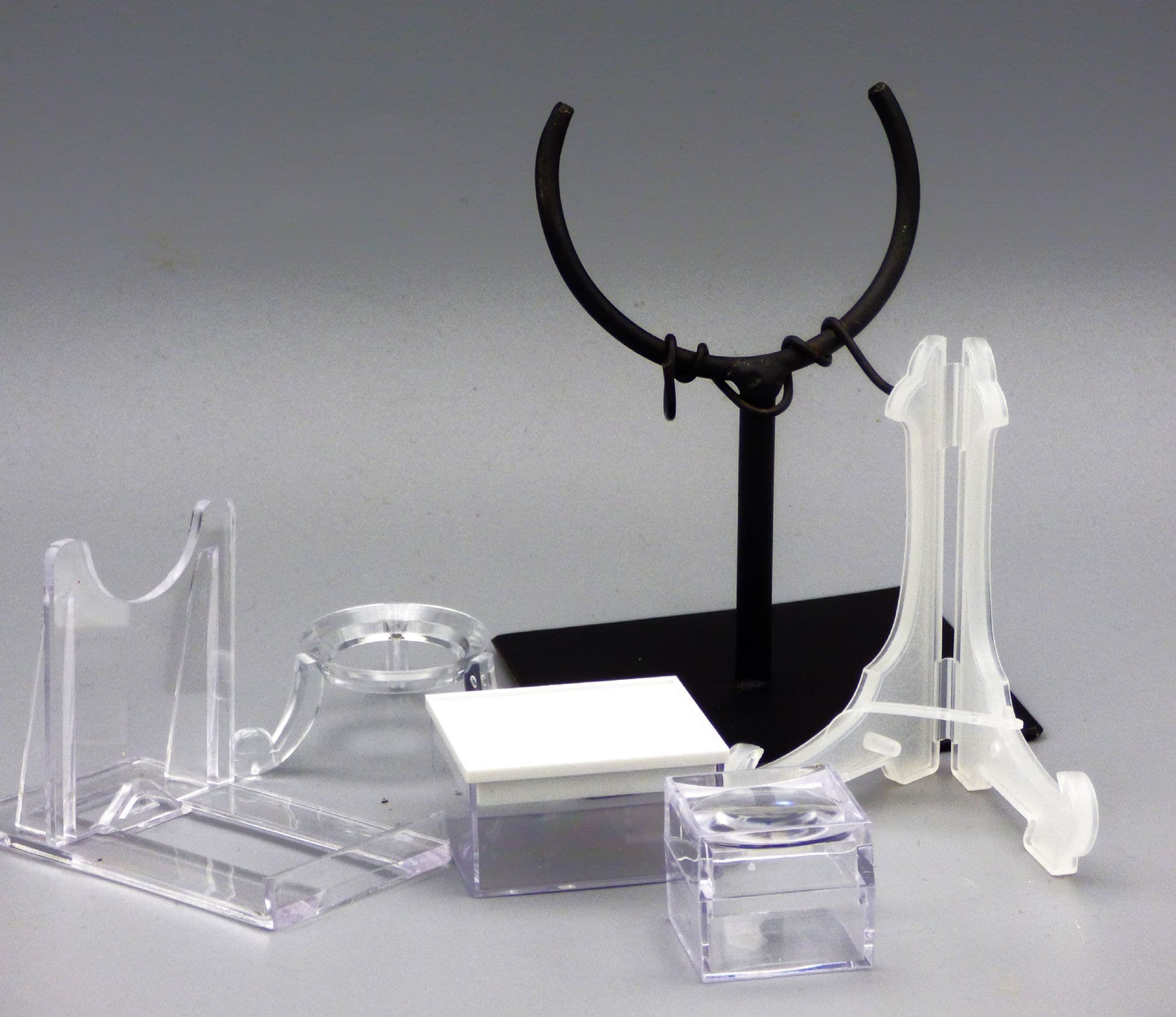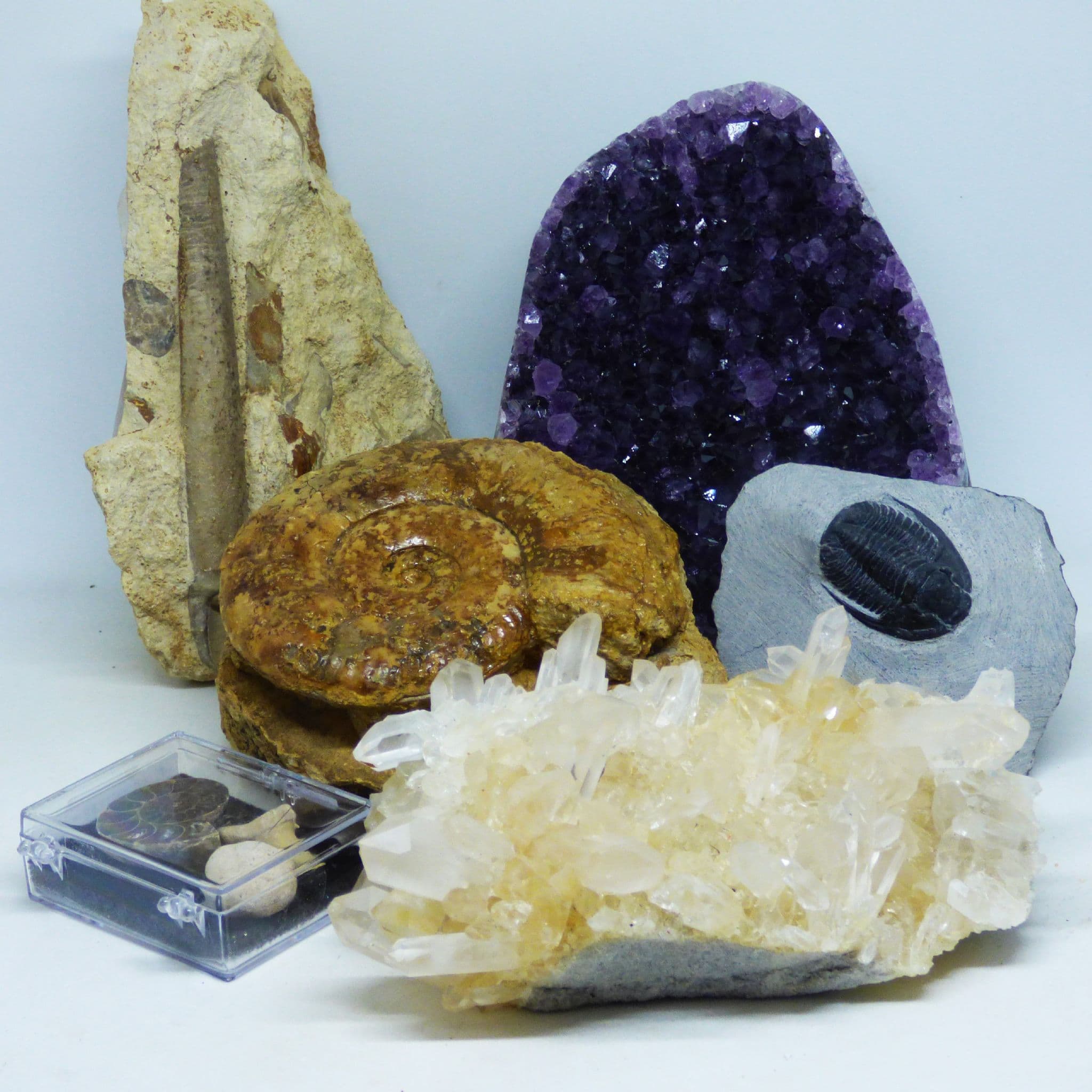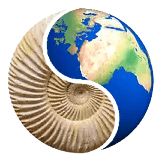Thai Style Bronze Buddha Statue 11.8 x7 cm
Guarantee Safe Checkout

Thai Style Bronze Buddha Statue 11.8 x7 cm
Thai Style Bronze Buddha Statue Replica 16 th Century Style 11.8 x 7 cm
Hand cast bronze buddha. Lost wax process with original carbon core in 16 th Century style replica. 17 x 11 cm at widest points weight 276 gm
code 1000
Thai Buddhism, also known as Theravada Buddhism, is deeply intertwined with the culture, history, and identity of Thailand. Here's a brief overview:
Theravada Tradition: Thai Buddhism follows the Theravada tradition, which emphasizes the original teachings of the Buddha as preserved in the Pali Canon. This tradition focuses on individual spiritual practice, the pursuit of enlightenment, and the cultivation of wisdom and compassion.
Monasticism: Monasticism plays a central role in Thai Buddhism, with monks (bhikkhus) and nuns (bhikkhunis) living in monasteries (wat) across the country. Monks are highly respected members of society and are responsible for upholding Buddhist teachings, performing rituals, and providing guidance to laypeople.
Merit-Making: Thai Buddhists believe in the importance of merit-making (tam boon), which involves performing virtuous deeds such as giving alms to monks, making offerings at temples, and participating in religious ceremonies. Merit-making is seen as a way to accumulate positive karma and improve one's spiritual well-being.
Temple Culture: Temples are ubiquitous in Thailand, serving as spiritual centers, community hubs, and architectural landmarks. Thai temples are characterized by their ornate designs, intricate artwork, and towering pagodas (chedi). They are places of worship, meditation, and social gatherings for both Buddhists and non-Buddhists alike.
Cultural Integration: Thai Buddhism is deeply integrated into the fabric of Thai society, influencing art, architecture, literature, music, dance, and cuisine. Buddhist festivals and rituals, such as Vesakha Puja (celebrating the Buddha's birth, enlightenment, and passing), Loy Krathong (the Festival of Lights), and Songkran (Thai New Year), are celebrated with great fervor and enthusiasm throughout the country.
Lay Practices: While monasticism is highly esteemed, lay Buddhists also play an active role in Thai Buddhist practice. Laypeople participate in temple rituals, make offerings to monks, attend meditation sessions, and recite Buddhist scriptures. Many Thai households have a designated area for making offerings and practicing meditation.
Overall, Thai Buddhism is a vibrant and dynamic tradition that continues to shape the spiritual, cultural, and social landscape of Thailand. Its emphasis on compassion, mindfulness, and ethical conduct has made it a guiding force in the lives of millions of people across the country and beyond.
